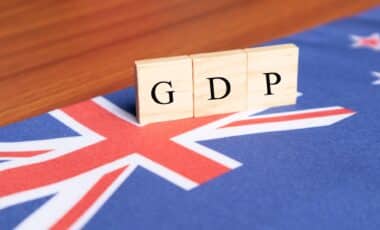Australian states are under pressure to rein in spending following a stark warning from S&P Global, which has raised concerns about fiscal discipline and the potential for further credit downgrades. The ratings agency has criticised state governments for failing to control expenditure, despite receiving $150 billion more revenue than expected between 2020 and 2023.
Three jurisdictions—New South Wales (NSW), Victoria, and the Australian Capital Territory (ACT)—have already suffered credit rating downgrades from pre-pandemic levels, while others, including Tasmania, hold a negative outlook. In contrast, Western Australia (WA) is the only state to see its rating improve, benefiting from a strong commodities boom.
Rising Spending Outpaces Revenue Gains
Australian governments have greatly exceeded their budgets despite higher-than-expected revenues, raising questions about financial management. S&P Global reports that between 2020 and 2023, states’ operational costs were $212 billion higher than anticipated, or $66 billion more than the additional revenue received. The agency pointed out that this increase in spending was mostly caused by large-scale infrastructure projects and a growing population.
Infrastructure spending has risen sharply, from $64 billion in 2020 to over $100 billion projected for 2025 and 2026. However, S&P raised doubts about the states’ fiscal responsibility, citing cost overruns and poor budgeting practices. The agency warned that some projects no longer make economic sense but continue due to a lack of reassessment.
“States insist they are making “difficult decisions” or “hard choices” … at the same time, spending continues to rise rapidly, and new projects are regularly announced,” S&P analysts stated. The agency also pointed to outdated cost estimates used to justify projects, which undermine financial management credibility.
Credit Downgrades and Borrowing Concerns
The deteriorating fiscal position has already led to credit rating downgrades for NSW, Victoria, and the ACT, increasing borrowing costs for these states. Tasmania also faces a negative outlook on its rating, raising concerns that further downgrades could follow if spending remains unchecked.
Victoria stands out as the most indebted major state, with net debt expected to reach $188 billion by 2028. NSW follows closely behind, while WA remains the exception, forecasting a decline in per-person debt over the next three years.
A weaker credit rating means states will face higher interest payments on their debts, further straining budgets. S&P cautioned that without stronger fiscal discipline, more states could see their financial standing deteriorate. “The issue for Australian governments is spending, not revenue,” the agency warned. “Their approach to fiscal discipline appears increasingly loose.”









